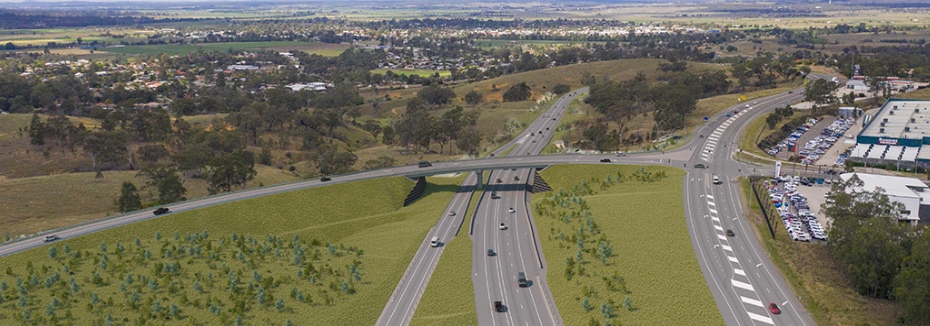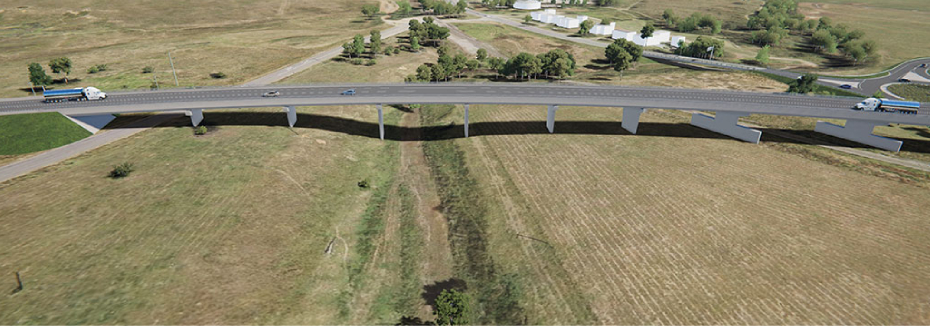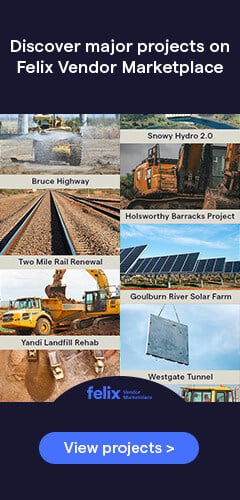NSW Singleton Bypass project progressing well towards construction

The Singleton Bypass on the New England Highway will soon become a reality as the Australian and New South Wales Governments are actively progressing the game-changing project towards construction.
“The Australian Government has committed $560 million towards a new bypass of Singleton as part of our record investment in transport infrastructure, delivering safer and more efficient journeys for thousands of motorists every day.
“We’re now seeking industry feedback on the best way to deliver the bypass so we can get shovels in the ground and construction happening as quickly as possible,” Deputy Prime Minister and Minister for Infrastructure, Transport and Regional Development Michael McCormack said.
The New England Highway is a vital inland road corridor that links Sydney and Brisbane, with the primary route connecting the Upper Hunter with Maitland and Newcastle.
The New South Wales Government has committed approximately $140 million towards the delivery of the Singleton Bypass, which will remove one of the worst bottlenecks in the region.
“With around 26,000 vehicles, including more than 3,700 trucks, passing through Singleton every day, a bypass will be a real game-changer for this community.
“It will remove about 15,000 vehicles per day from the town centre, ease congestion and improve safety as well as deliver travel time savings for thousands of motorists every day,” Minister for Regional Transport and Roads Paul Toole said.
According to Federal Member for New England Barnaby Joyce, Singleton Bypass is going to be designed to cater for a future upgrade to a dual carriageway if it is needed to accommodate traffic demands.
“We’ve planned this project effectively and I’m excited that it is moving forward because it will make our region an even better place to live, work and visit.
“The community has helped shape the design for the project and now we want to engage with the experts in the field to ensure we are well-positioned to deliver it as soon as possible,” Minister Joyce said.
This significant infrastructure project will include the construction of an 8-kilometre bypass west of Singleton across the floodplain. The new section of road will begin near Newington Lane and will reconnect to the New England Highway north of McDougalls Hill.
“This project is expected to support more than 1,370 jobs and we will draw on our local Singleton businesses and contractors to maximise the benefit of this activity.
“We know how important it is to keep infrastructure and jobs in our regions as we continue the economic recovery from the COVID-19 pandemic,” State Member for Upper Hunter Michael Johnsen said.
Once completed, Singleton Bypass will not only provide benefits to locals, but to many tourists and travellers who frequent the region as well.
“This will benefit the thousands of motorists who travel along the New England Highway every day, especially freight and heavy vehicles.
“This project will bring us another step closer to delivering a seamless highway for tourists and commercial vehicles, which are both so important to these local economies,” Senator for New South Wales Perin Davey said.
Currently, Transport for NSW is finalising the concept design for Singleton Bypass and will be keeping the local community informed as the project progresses.
Construction is anticipated to commence in mid-2023, with the new road corridor completed by late 2026.
The $700 million Singleton Bypass project is jointly funded by the Australian and New South Wales Governments, each contributing $560 million and $140 million respectively.
Source: Minister for Infrastructure, Transport and Regional Development; Transport for NSW – Roads & Maritime; Singleton Council

Related Articles

Proposed Singleton Bypass in NSW is now a step closer to construction
The congestion-busting Singleton Bypass – also known as New England Highway Bypass in Singleton – is on track to being built with funding already locked to finalise project planning as well as deliver the proposed bypass.

Early works get underway on $700m Singleton Bypass project in NSW
Early works have commenced on Singleton’s largest infrastructure project to date – the Singleton Bypass – taking it a step further towards major construction.

$268.8m funding locked in for NSW Muswellbrook bypass project
The Muswellbrook bypass on the New England Highway in New South Wales will soon become a reality after locking in $268.8 million in funding from the Australian Government.
Get the latest project news
- updates on Australia's pipeline of state and federal projects
- fresh contract awards from major contractors and builders
If you're looking to contact us about other matters, please contact us.


